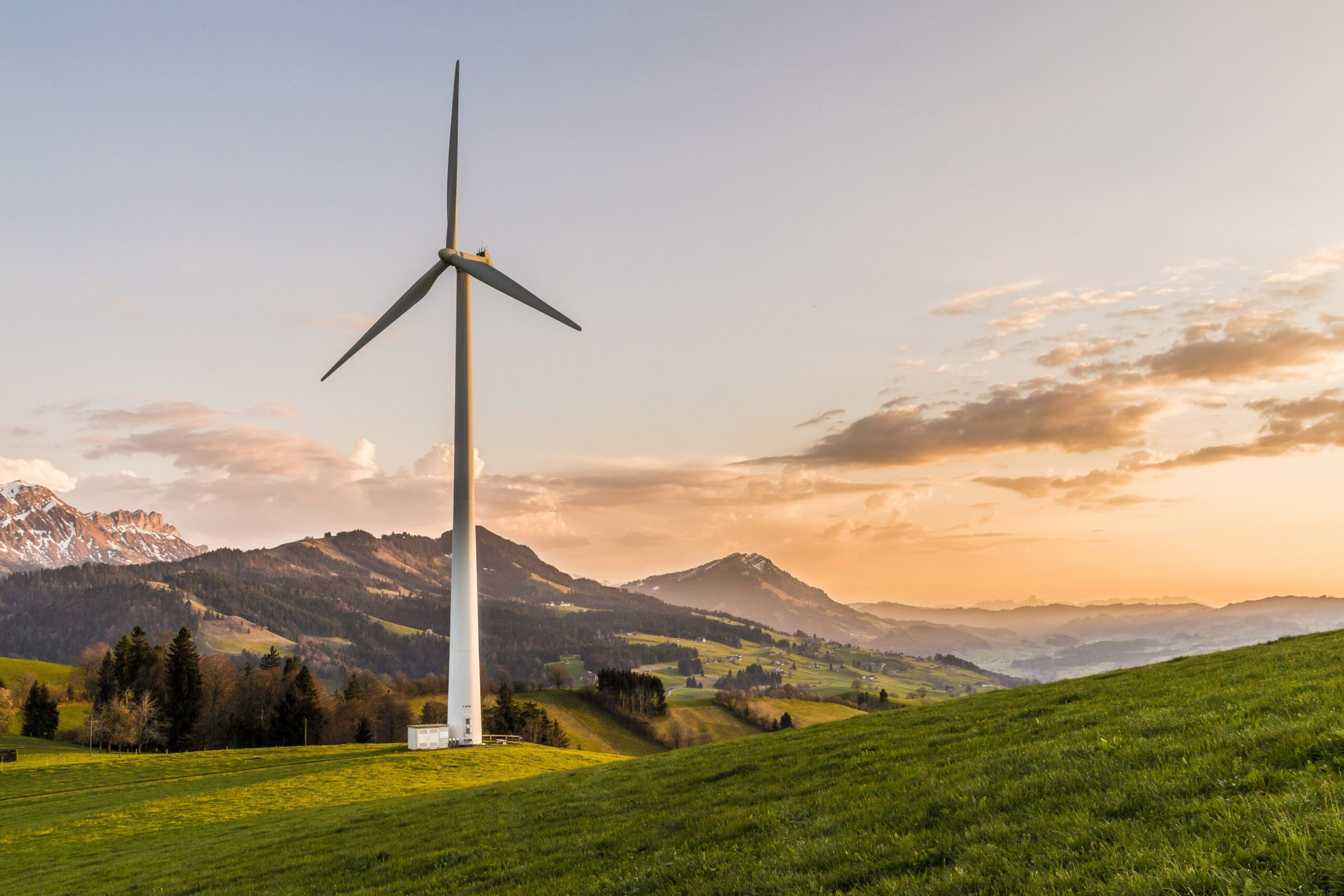
In the first report in this series, we concentrated on placing Sustainable Agriculture (SA) into the global ecosystem and demonstrated how it is a vital tool to prevent catastrophic events, such as excessive global warming, while playing an important role in feeding the world.
In this report, we are going to focus on the main production unit, the farm, and place it in the context of that ecosystem.
Concentrating on the Big Issues
The main greenhouse gases in the atmosphere, excluding water vapour, are carbon dioxide (CO2), methane (CH4), nitrous oxide (N2O) and Ozone (O3) with carbon dioxide being by far the largest emitter.

Agriculture and forestry are responsible for about 24% of those emissions. However, agriculture, and especially SA, has a special dual role to play in reducing these emissions. The first one is to reduce carbon dioxide emissions by not expanding the agricultural land area and especially by eliminating deforestation. The second role is more subtle because different greenhouse gases have different attributes and agricultural reduction in two of them (methane and nitrous oxide) has a vital role to play for this sector.
The effects of the different gasses are measured by an index called Global Warming Potential (GWP). It is a measure of how much energy the emissions of one tonne of gas will absorb over a given time period, relative to the emissions of one tonne of carbon dioxide. This makes the GWP of carbon dioxide equal to 1. In other words, the higher the GWP, the more that gas warms the earth relative to carbon dioxide.

It can be seen that methane and nitrous oxide produce much higher warming potential by many factors compared to carbon dioxide. CFC 12, used in aerosol sprays and air conditioning units (etc) is included, which shows why it has been phased out for its ozone depleting qualities.
Agriculture is a major source of methane and nitrous oxide and reduction strategies need to be a part of any SA programme and should be added to any checklist on sustainability.
Where is it Coming from and How Do We Fix It?
For arable farming, the answer is mostly from nitrogen both as manure and artificial fertilizer.

Nitrogen, the essential nutrient in producing high-yielding crops, has a doubly bad problem. It is produced from fossil fuels contributing to carbon dioxide emissions and by in-field contributing to nitrous oxide (and some methane) emissions.
It is also worth noting that switching to more environmentally friendly farm-related fuels, such as from diesel to vegetable-based fuels (such as biodiesel), or to electric vehicles is also a consideration. This also raises the question of whether we can produce and consume food more locally by avoiding excessive haulage. Pesticides and seeds make only minor contributions, but there may be other reasons for examining their role, such as human health for pesticides and yield enhancement by improved seeds.
For livestock farming, the primary issue is methane production, but the applied manure from livestock farms and animal feed (from sources primarily on arable farms such as cereals and proteins), are also important greenhouse gas emitters. In pork, chicken and egg production, some 60-80% of greenhouse gases come from animal feed.
However, keeping in line with our discussion on concentrating on the big issues, the immediate and pressing problem is the production of methane and nitrous oxide by ruminants: beef and dairy cattle, and to a much lesser degree, buffalo.

A different way to look at the breakdown is the type of activity and animal behaviour, as well as which greenhouse gasses are being produced.

The two worse emitters are enteric methane and applied and modified manure, which are associated with ruminant farming.
The critical process is that of Enteric Fermentation (EF). It is the digestive process whereby fungi, bacteria, and protozoa contained in the rumen ferment what the animal is eating to provide it with its essential nutritional needs. It also leads to “burping” (eructation) which releases large quantities of methane gas and some carbon dioxide. What comes out of “the back end of the animal” as dung also produces nitrous oxide and methane emissions, especially when used as manure and as slurry. Slurry is often stored as liquid manure in holding tanks or lagoons and encourages anaerobic reactions, allowing the organic matter to be decomposed by bacteria, producing both methane and nitrous oxide.
As with arable farming, there are plenty of SA solutions available in the livestock sector such as changing animal diets, improving manure treatment and storage, improving genetic selection etc. We will be exploring these in future reports.
Unlike the arable sector, where we need to eat cereals, fruits, vegetables and pulses to sustain ourselves where there may be only limited substitutions between the different crops, the livestock sector is more susceptible to consumer choice in particular by the reduction or elimination of meat.

Other Opinions You Might Be Interested In…

